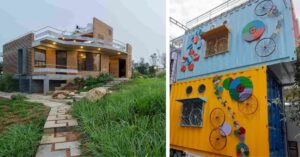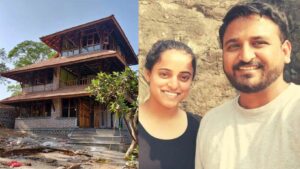9 Famous Indian Monuments and Structures You May Not Know Were Built by Women
These legendary women left their mark on India's historic architecture through the stunningly iconic structures they built.

The social, political and architectural history of India is dominated by men. The country’s most famous monument, the Taj Mahal, is dedicated to a woman, yet very few people know that there are many beautiful historic structures that were commissioned by women in the past.
This list celebrates 9 women from Indian history who left us some lovely monuments. It is time to bring their unsung contributions into the limelight.
1. Itmad Ud Daula, Agra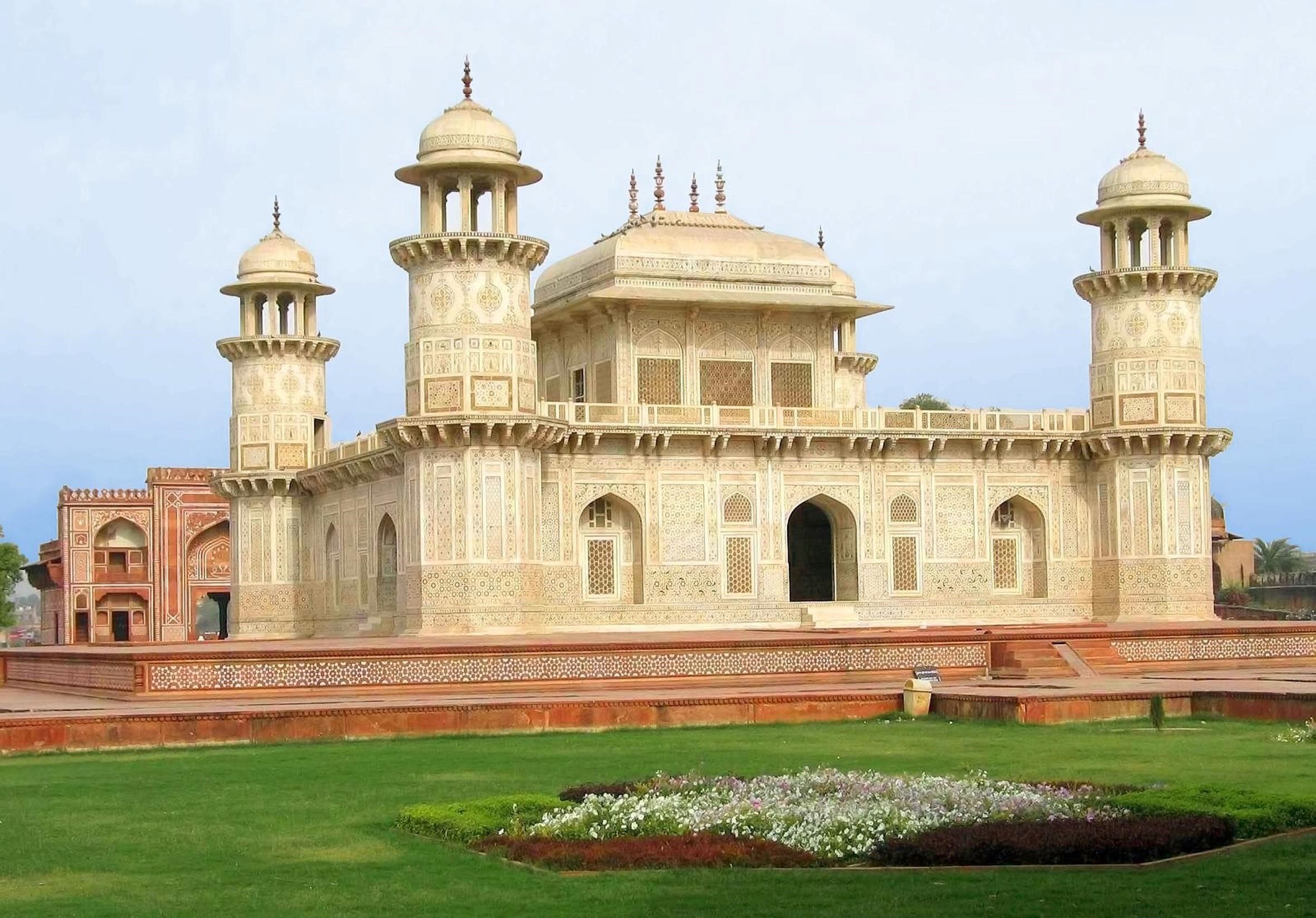
Photo Source
The first marble tomb in India, Itmad Ud Daula mausoleum was built by Noor Jehan on the banks of river Yamuna as a tribute to her father Mirza Ghiyas Beg (Itmad-ud-Daula was the title given to Mirza Ghiyas Beg). Elegant and painstakingly crafted, the delicate decorative work on this monument clearly has a distinctive feminine touch. With an inlay work of red and yellow sandstone, the tomb looks like a beautiful jewel box from a distance.
2. Virupaksha Temple, Pattadakal
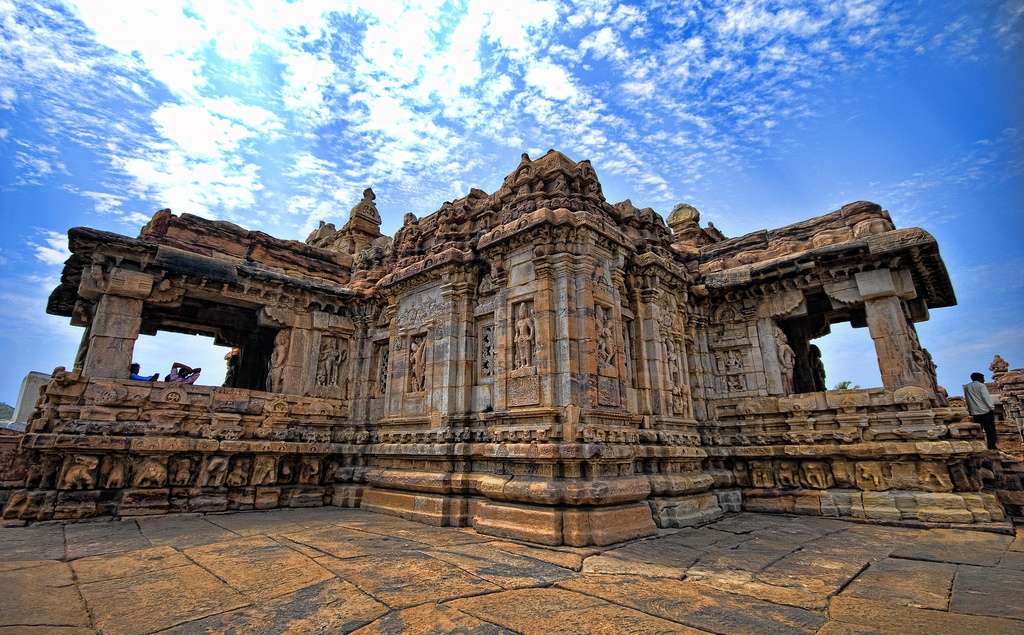
Photo Source
Not to be confused with the better known Virupaksha Temple at Hampi, the Virupaksha Temple at Pattadakal was built by Queen Lokamahadevi in 740 AD to commemorate her husband King Vikramaditya II’s victory over the Pallava rulers. A beautiful blend of the north Indian Nagara style and the south Indian Dravida style of temple architecture, the magnificent temple is also called the Lokeshwara Temple as a tribute to the queen who built it.
3. Humayun’s Tomb, Delhi
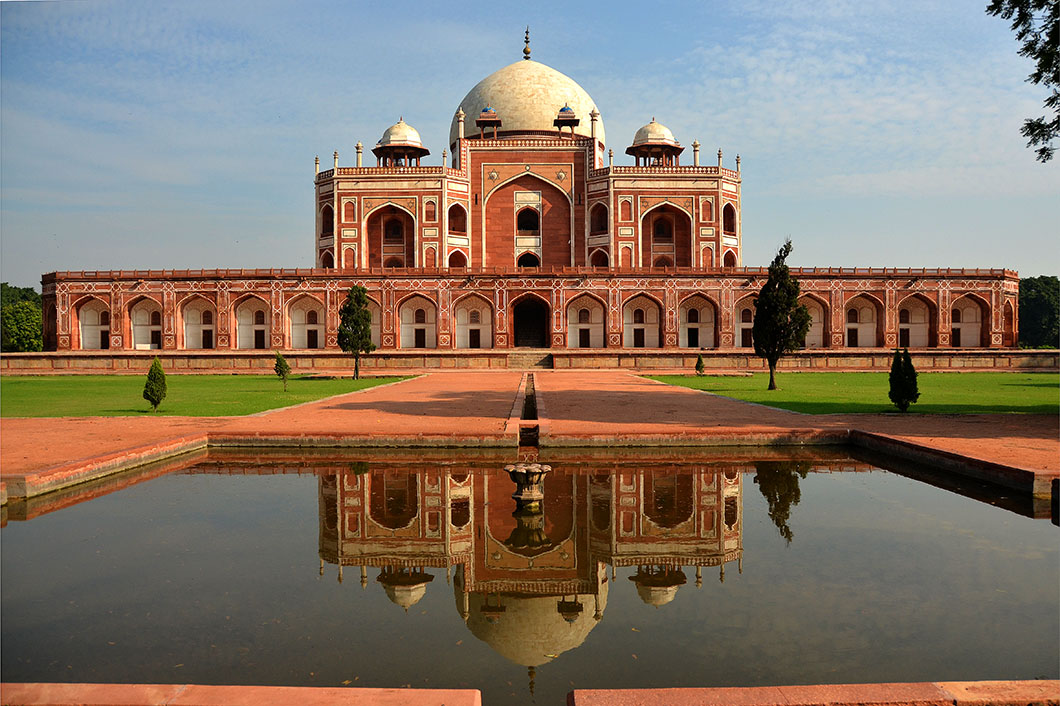
Photo Source
The first garden-tomb on the Indian subcontinent, Humayun’s tomb was built by his wife, Hamida Banu Begum (also known as Haji Begum). Persian and Indian craftsmen worked together to build this grand red sandstone mausoleum that is famous for its inlaid tile work and carved stone screens that integrate decorative elements from both cultures. It was also the first Indian building to use the Persian double dome in its architecture.
You may also like: These 34 World Heritage Sites Will Make You Fall in Love with India Again
4. Rani Ka Vav, Patan
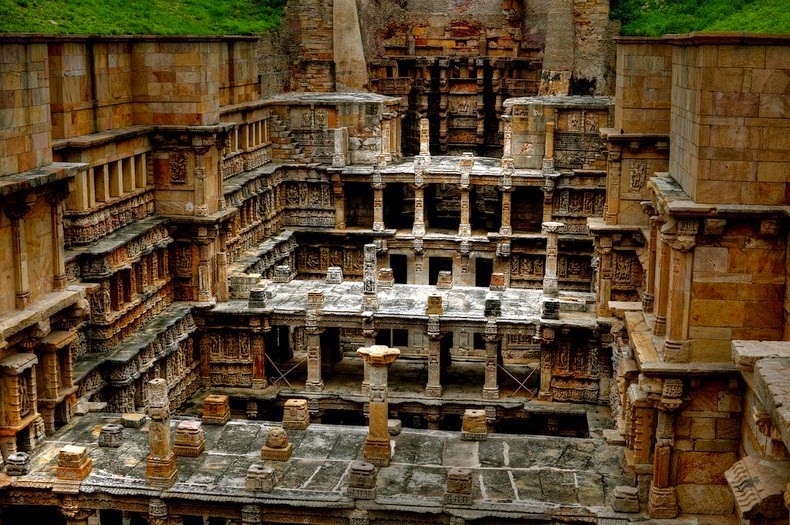
Photo Source
An intricately constructed stepwell, Rani Ka Vav was built by Udaymati for her husband King Bhimdev I of the Solanki dynasty in the 11th century. Stepwells were a distinctive form of subterranean water resource and storage systems in medieval India that evolved into elaborate multi-storey works of art and architecture. Designed in the Maru-Gurjara style as an inverted temple highlighting the sanctity of water, Rani Ka Vav has seven levels of stairs, more than 500 principal sculptures and over a thousand minor ones on its panelled walls.
5. Khayr al-Manazil, Delhi
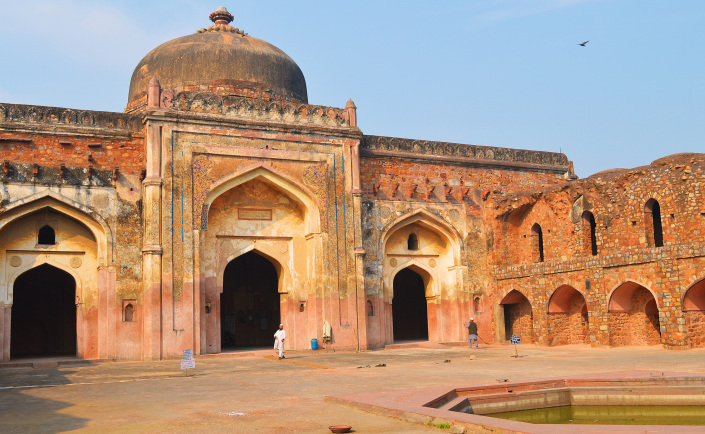
Photo Source
An imposing two-storied structure located directly opposite the Purana Qila, Khayr-al-Manazil mosque was built in 1561 by Maham Anga, a powerful wet nurse of Emperor Akbar. An influential woman of the court, she briefly ruled the Mughal empire during Akbar’s childhood. The mosque has five high arches that lead into the main prayer hall. The hall has beautiful inscriptions but the most impressive feature of the mosque is its massive red sandstone gateway.
6. Mirjan Fort, Kumta
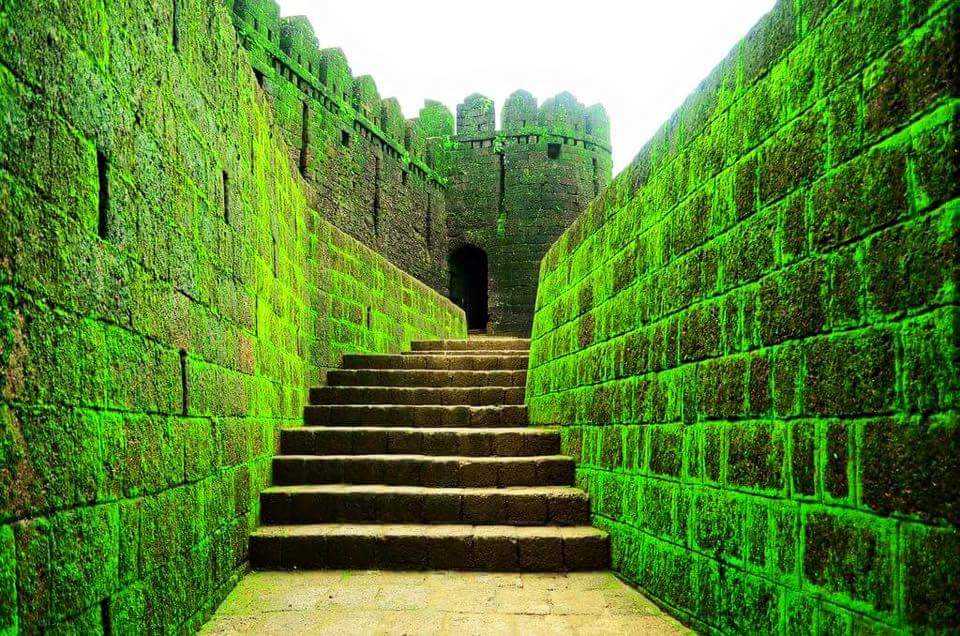
Photo Source
Perched on a bank of the river Aganashini, Mirjan Fort is a lofty fort enclosed by a double layer of high walls and towering bastions. Queen Chennabhairadevi of Gersoppa established and lived in this mighty fort during the 16th century for about 54 years. Nicknamed ‘Raina de Pimenta’ or ‘The Pepper Queen’ by the Portugese because she ruled over lands that grew the best pepper, she gave refuge to several artisans fleeing from wars in distant lands. In turn, they helped the queen build a strategically strong fort of her own.
7. Lal Darwaza Masjid, Jaunpur
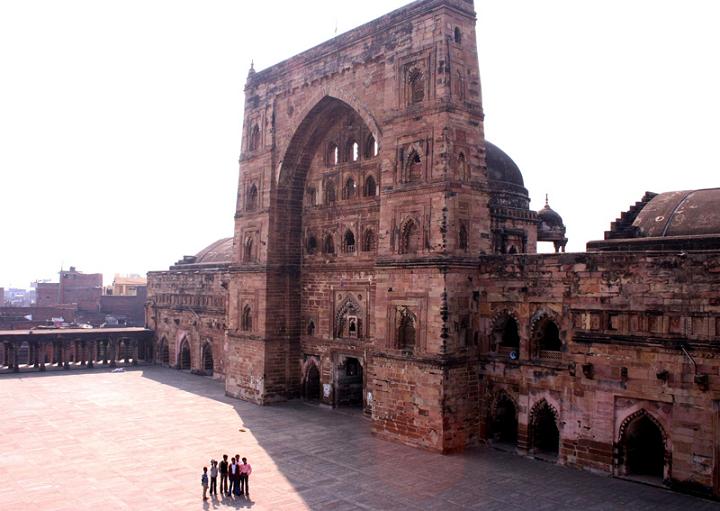
Photo Source
Built in 1447 by Rajye Bibi, queen of Sultan Mahmood Sharqi of Jaunpur, the Lal Darwaza mosque is dedicated to Saint Sayyid Ali Dawood Kutubbudin. Built as almost a replica of the Atala Masjid, the Lal Darwaza mosque is smaller and gets its name from the imposing vermillion painted gate. The queen also founded the first school for girls in the region during her husband’s reign and a madrasa built by her, Jamia Hussainia, still stands.
8. Mohinishwara Shivalay Temple, Gulmarg

Photo Source
Built in 1915 by Maharani Mohini Bai Sisodia, wife of the then king of Kashmir, Raja Hari Singh, Mohinishwara Shivalay Temple stands proudly on a small hill, right in the middle of Gulmarg. Named in honour of the queen who built it, the Maharani Temple was the royal temple of the Dogra dynasty of Kashmir. With its bright red sloping roof framed against a background of snowy peaks, the picturesque temple is visible from almost every corner of Gulmarg town.
Also Read: Experience Medieval Bathing Rituals at This Ancient Hammam, Bhopal’s 300-Year-Old Turkish Bath
9. Mahim Causeway, Mumbai

Photo Source
The princely sum of Rs 1.67 lakh used to build the Mahim Causeway in 1843 was almost entirely provided by Lady Avabai Jamshedjee, the wife of famous Parsi businessman Jamshedjee Jejeebhoy. A tragedy, in which 20 boats capsized in the marshy swirling waters of the Mahim creek, compelled Avabai to commission the linking of Bandra island with mainland Bombay through a causeway. The Mahim Causeway later became and still is an important lifeline of the city of Mumbai.
Like this story? Have something to share? Email: [email protected], or join us on Facebook and Twitter (@thebetterindia). To get positive news on WhatsApp, just send ‘Start’ to 090 2900 3600 via WhatsApp.
This story made me
- 97
- 121
- 89
- 167
Tell Us More
We bring stories straight from the heart of India, to inspire millions and create a wave of impact. Our positive movement is growing bigger everyday, and we would love for you to join it.
Please contribute whatever you can, every little penny helps our team in bringing you more stories that support dreams and spread hope.






